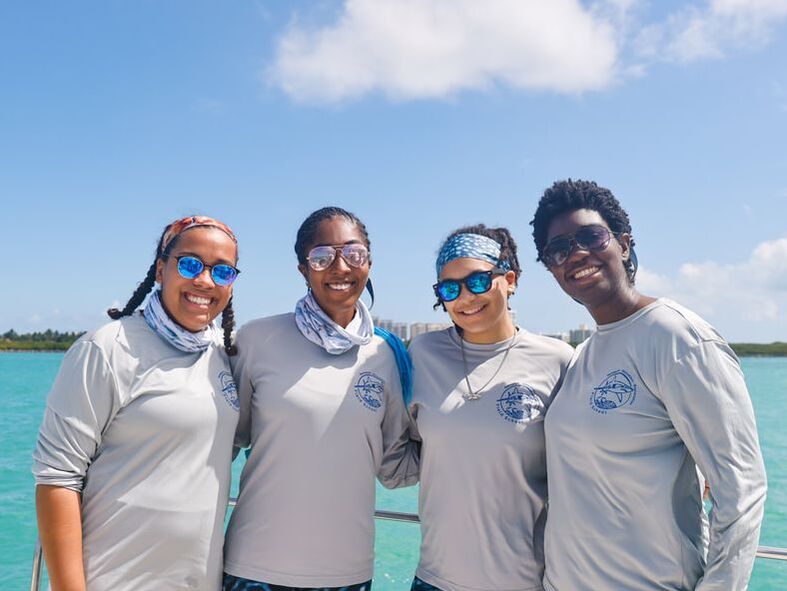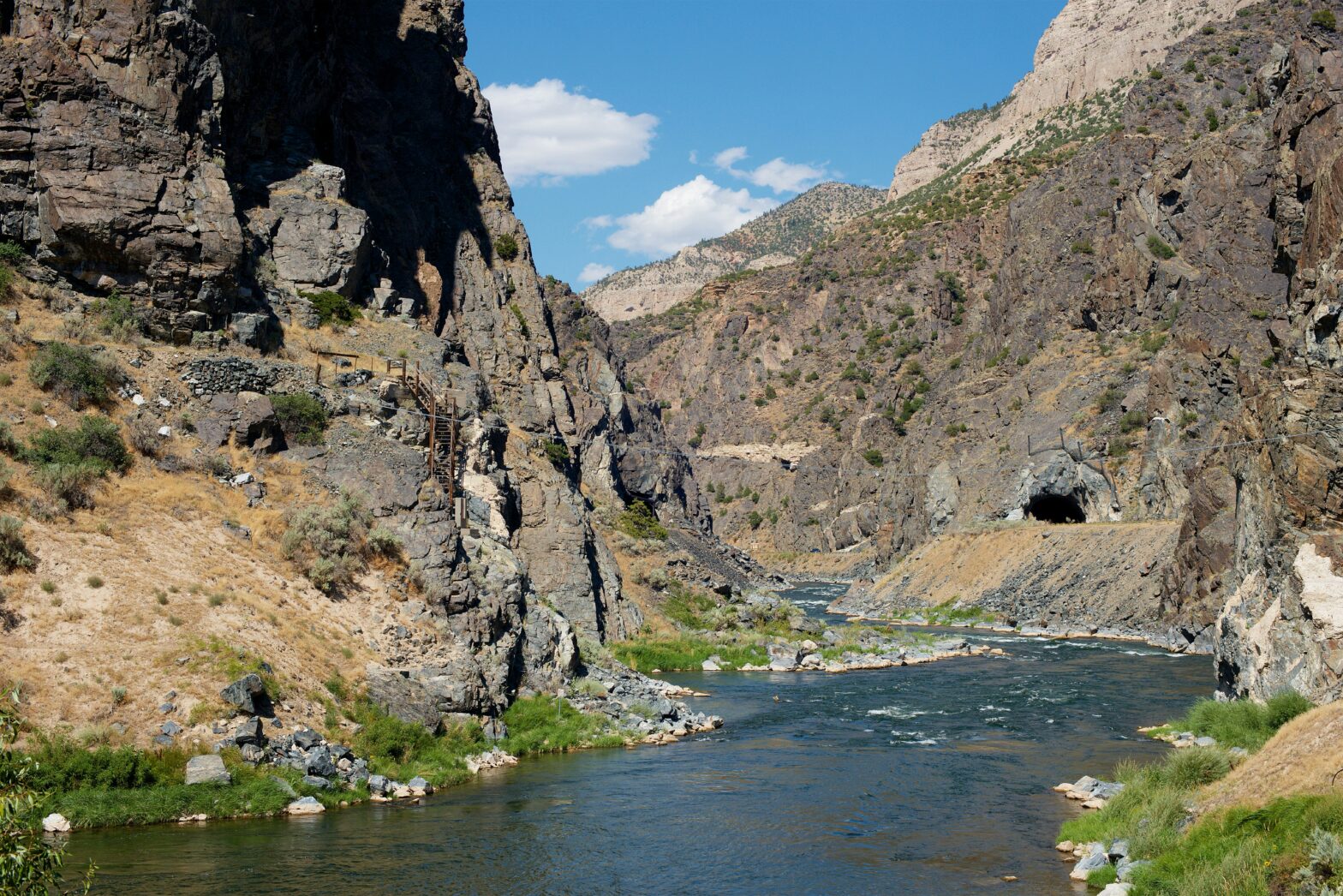Travel Noire spoke with Jasmin Graham, a marine biologist who specializes in elasmobranch ecology and evolution. Graham grew up in South Carolina by Myrtle Beach immersed in all things related to the ocean. Her dad loved fishing, and she spent a lot of her time on the water. While at summer camp one year, Graham learned about marine biology and instantly knew that was what she wanted to pursue.
Today, Graham is the project coordinator for the MarSci-LACE project, which focuses on researching and promoting the best practices to recruit, support, and retain minority students in marine science. She’s also the CEO and President of Minorites In Shark Science (MISS), an organization founded by Black female shark researchers to encourage diversity and inclusion in the shark sciences field and to inspire the next generation of scientists.
This year, MISS is partnering with National Geographic for the 10th anniversary of their annual summer event, Sharkfest. The collaboration lends MISS experts to be on-screen talents for this year’s programming, as well as consultants for programming and the development of shows.
Here, Graham shares six of the best travel destinations for travelers to swim alongside sharks.
Swimming With Sharks
Contrary to popular belief, sharks are actually pretty chill to swim with. Graham explained that it is only when people try to chase, touch, or feed them that they become defensive. Sharks and rays are highly vulnerable species. They grow to be large, reach sexual maturity very late in life, and produce only a small number of offspring, putting them at risk of overexploitation, overfishing, and habitat degradation.
There are two ways travelers can swim alongside sharks while vacationing. The more eco-friendly way is to snorkel in an area with a lot of shark activity and hope that you organically spot some. The alternative way is “provisioning tourism”, where tours attract sharks by putting food in the water. Graham explains that this not only pollutes their ecosystem but also runs more of a risk that sharks will be ravenous when interacting when coming into contact with humans. When choosing to dive with sharks, Graham suggests the former is less disruptive to both sharks and the environment.
Related: Swimming with Sharks: 5 Tips to Know Before You Dive In
Best Shark Diving Destinations
Graham shares the following destinations with high shark activity where, if you’re lucky, you can spot some gentle giants:
- La Jolla, California
La Jolla is home to the largest annual aggregation of leopard sharks in the world. Every summer, locals, and visitors flock to La Jolla Shores Beach to swim, snorkel, kayak, and dive with the sharks. Even kids can enjoy this special interaction.
- Jupiter Beach, Florida
Jupiter is known in the United States as the mecca of shark diving with its year-round warm, clear blue water, great wrecks, and reef dives. Large numbers of sharks congregate in Jupiter year round, but it’s not just the sharks and the consistency of sighting them that make this US dive location so appealing. Its high-profile species such as tiger, hammerhead, and lemon sharks migrate through the area.
- Bimini, Bahamas
Bimini is known for hammerhead sharks but is also home to tiger sharks, bull sharks, reef sharks, lemon sharks, and nurse sharks. Graham says there is a resident group of female hammerheads that are all named after Greek goddesses that populate the region.
- Cape Cod, Massachusetts
Cape Cod has long been known as a hotspot for sharks on the East Coast, and July is prime time for great whites to arrive. The app, Sharktivity, run by the Atlantic White Shark Conservancy, shows users the locations of white shark sightings to raise awareness of white sharks and promote the safety of citizens in the area.
- Georgia Aquarium, Atlanta
Georgia Aquarium is a public aquarium in Atlanta, Georgia, United States. It exhibits hundreds of species and thousands of animals across its seven major galleries. Journey with Gentle Giants is the only opportunity in the world where you are guaranteed to swim with whale sharks, manta rays, and more.
- Nassau, Bahamas
Many shark species call this region home, and sightings can include great hammerhead sharks, hammerhead sharks, tiger sharks, bull sharks, lemon sharks, Caribbean reef sharks, Oceanic white tip sharks, silky sharks, and nurse sharks.
When asked if there are any re-wilding initiatives similar to the conservation efforts that reintroduce wildlife to certain environments, Graham shared that for sharks it’s a little harder. Rewilding the sea with coral reefs and other organisms that are more sedimentary is easier than with sharks. Shark species that are in danger are hard to keep in captivity and mate.
Graham left Travel Noire readers interested in marine biology, the study of the ocean, and sharks with some last-minute advice:
“Black marine biologists and shark researchers do exist. We’re out here! There’s me and others. Feel free to join MISS. If you email me, I’m going to answer. In the meantime, learn all that you can and pursue your passion.”
Related: Grenadian Marine Biologist And Dive Master Shares Her Favorite Diving Spots





